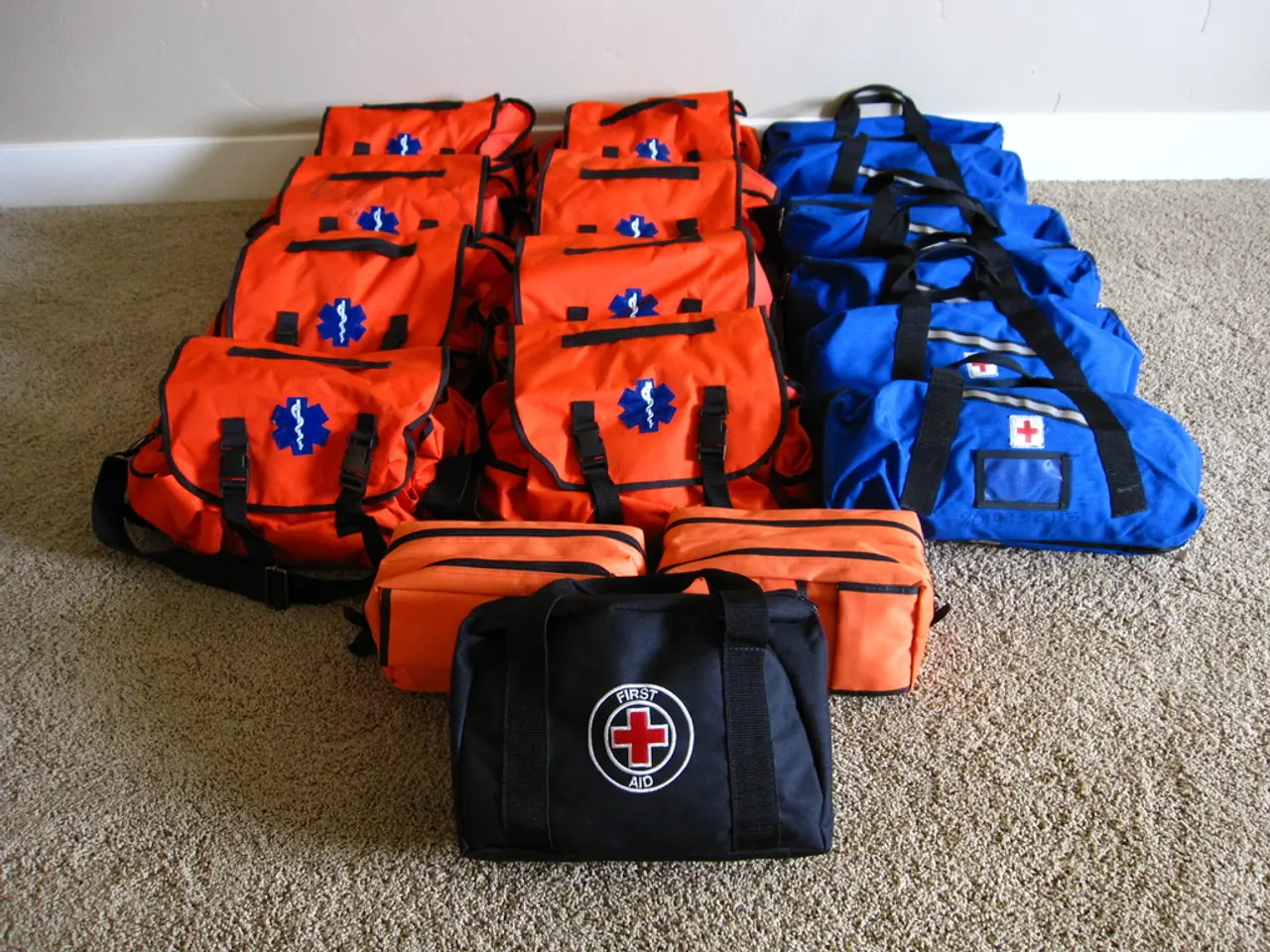Preventing blood clots after surgery: A guide.
Preventing blood clots after surgery is crucial for a smooth recovery. Here are some effective methods that can help reduce the risk of developing potentially dangerous blood clots.
Exercise and Early Mobilization
Getting out of bed and moving as soon as possible after surgery is key. Early mobilization promotes circulation and reduces blood stasis, a major clotting risk. Even short walks or leg exercises help prevent clot formation.
Mechanical Prevention
Graduated Compression Stockings
Graduated compression stockings apply consistent pressure to the legs, improving venous return and preventing blood pooling. They are commonly recommended during and after surgery.
Intermittent Pneumatic Compression Devices
Intermittent Pneumatic Compression Devices (inflatable sleeves) periodically squeeze the legs to simulate muscle pumping, enhancing blood flow. These devices are particularly useful for patients who cannot mobilize well immediately post-op.
Anticoagulants (Blood Thinners)
These medications reduce blood’s tendency to clot and are often prescribed postoperatively for patients at risk. Low-molecular-weight heparin (LMWH), low-dose unfractionated heparin (UFH), and direct oral anticoagulants (DOACs) are typical choices. Dosing starts within 12 hours after surgery and continues for days to weeks depending on the risk.
Additional preventive considerations include maintaining hydration, avoiding smoking, managing body weight, and knowing personal and family clotting risks to tailor prevention strategies.
Recognizing the Signs of a Blood Clot
Recognizing the signs of a blood clot is crucial for a timely intervention. Symptoms of a blood clot in the limbs may include swelling, pain or tenderness, skin that is warm to the touch, and discoloration of the skin. Symptoms of a blood clot in the lung may include difficulty breathing, chest pain that worsens with deep breathing, coughing, particularly if a person coughs blood, rapid or irregular heartbeat.
The acronym STOP the CLOT refers to symptoms of blood clots: Swelling in the leg, Tenderness, Out of breath, Passing out or feeling lightheaded, Chest pain, which may also include back pain when breathing, Leg discoloration, Overdrive or racing heart, Time to call for medical assistance.
Summary
Effective methods for preventing blood clots after surgery include early and regular exercise or mobilization, mechanical prevention devices, and anticoagulant medications. These interventions are often combined based on individual patient risk and surgical factors to minimize postoperative clot risk effectively.
Major surgery, particularly of the pelvis, abdomen, hip, or knee, increases the risk of blood clots due to longer operative times and significant tissue trauma. To help prevent blood clots after surgery, a doctor may advise exercise, mechanical prevention, and anticoagulants.




